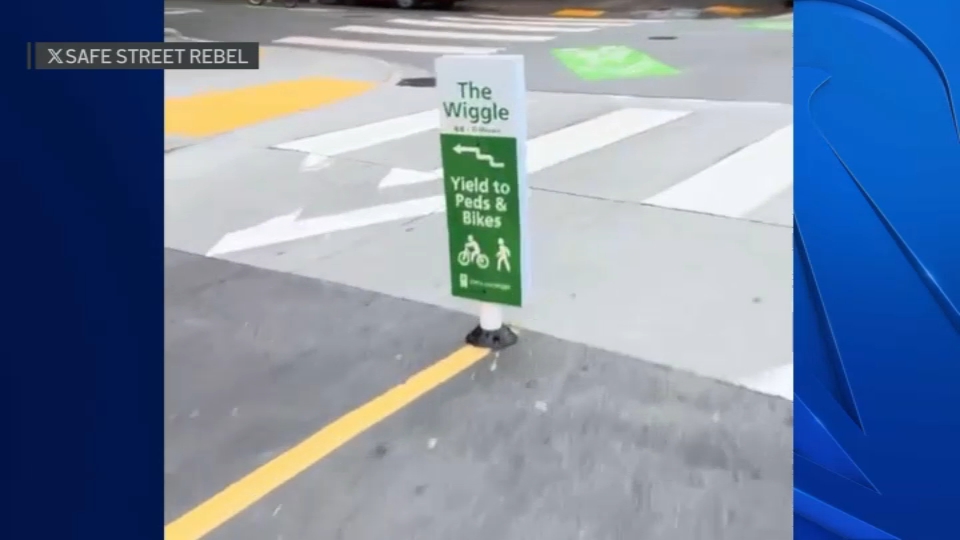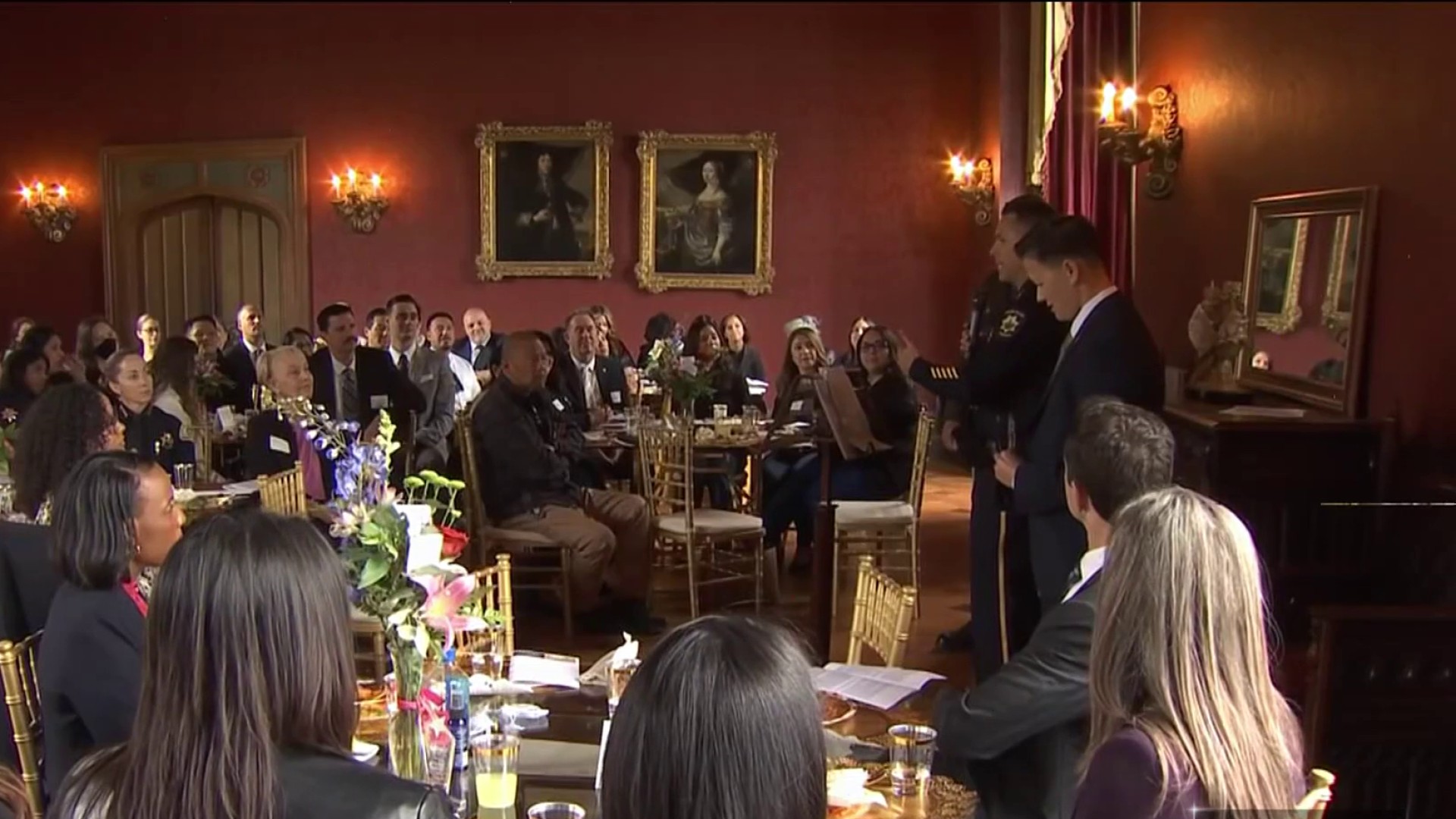The opioid fentanyl continues to take many lives in the Bay Area, including the lives of teens and young adults. Fentanyl can not only lead to deadly overdoses, it is also highly addictive.
Bay Area doctors are at work trying to find ways to curb that addiction more effectively. A recent study of teens and young adults in the San Jose suggests that starting these young people on in-hospital treatment for opioid addiction can lead to more success in the long-term.
Lee Trope, M.D., who works as a Pediatric Hospitalist at Santa Clara Valley Medical Center in San Jose, explained that over the past few years, she and her colleagues have seen a troubling trend in pediatrics. They've been encountering more young people dealing with opioid addiction and struggling to cope with withdrawal symptoms that Trope describes as "intolerable."
“We have youth coming in, they are sweating so much, that water is coming down their arms and hitting the ground,” Trope said, "they are shaking with cold, they are vomiting."
Get a weekly recap of the latest San Francisco Bay Area housing news. Sign up for NBC Bay Area’s Housing Deconstructed newsletter.
"We sort of knew that as pediatricians, we couldn’t ignore this growing crisis any more,” Trope continued.
As opioid deaths continued to surge across the board and for young people in Santa Clara County, Trope noted a shortage of providers locally who treated opioid addiction in youth. She got to work on a pilot program at Santa Clara Valley Medical Center, funded by California Academy of Family Physicians Grant.
Trope explained that many young people don't get any treatment at all for opioid addiction and the ones who do are often sent to the emergency room or back to their homes for care. The new pilot program tries something different: admitting these young people to the hospital and starting them on treatment with the drug buprenorphine while they are having mild withdrawal symptoms.
Local
"So the first part of treatment, the medically supporting someone through withdrawal, can be the trickiest part, and in the hospital, we were able to admit someone 24/7, 365 [days a year], whenever they were ready for help," Trope added.
Trope explained that medical staff continue to monitor these young people and assess their medication doses until they are starting to feel ready to continue treatment at home.
“When it comes to opioid use disorder -- opioid addiction—we have this safe and effective medication buprenorphine that we know works, that we know saves lives, ” explained Jayme Congdon M.D., a pediatrician and researcher at UC San Francisco.
Congdon pointed to recent research which indicates only a fraction of young people dealing with opioid addiction get timely access to buprenorphine.
Congdon got involved with analyzing the results of the program at Santa Clara Valley Medical Center. The findings, recently published in the American Academy of Pediatrics Hospital Pediatrics, looked at 46 admissions of 36 patients ages 12 through 21, all of whom used fentanyl and no other opioids. Of those admissions, 87% successfully started buprenorphine treatment. Of those who started buprenorphine, 72% were then linked to ongoing treatment outside the hospital within two weeks.
"We continue to give them enough of the medication until they are feeling what I would call 'normal' again,” Trope said. She explained that starting patients on buprenorphine successfully matters because many patients will need to stay on the medication for months or years into the future to fight off addiction symptoms.
Trope also said that in California, youth are overwhelmingly covered by insurance for this in-hospital treatment.
Congdon believes there will need to be study in the future about whether this treatment will continued to be covered by private insurance.
"I think this is such an important option to add to the menu of available ways to start treatment,” Congdon emphasized.
Both Congdon and Trope say they believe the model used in this program has potential to be applied elsewhere.
If you are looking for opioid or other substance use treatment, you can go to findtreatment.gov and search for options in their county. The researchers noted that you can find the Santa Clara County program there listed as "Santa Clara Cnty Dept of Alc/Drug Serv Behavioral Health Team."



